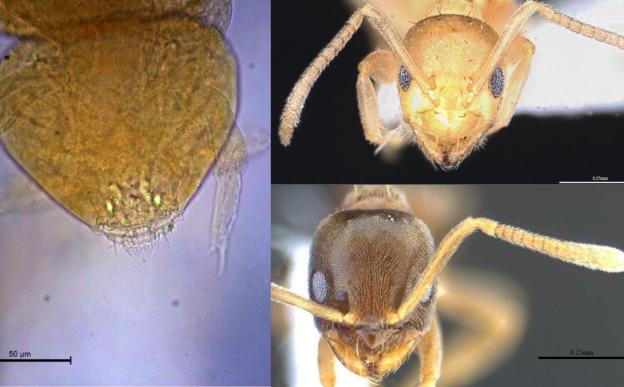Yoga is considered to be India’s gift of goodness and health to the world. With millions of people around the world having benefitted by regular practice, yoga indeed has changed several lives for the good. On this International Day of Yoga, here is all you need to know about the history, the scientific basis for Yoga and some of the benefits realised by those who practice Yoga regularly.
Three new species discovered in the Himalayas: a new springtail from Sikkim and 2 new ants from Assam.
Sikkim/
